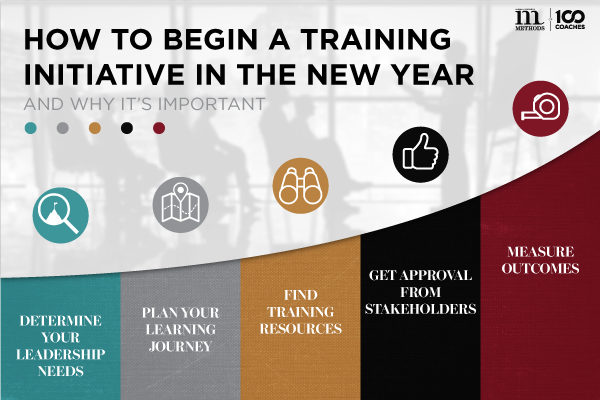There’s been no shortage of articles, videos, e-conferences, all telling us the same thing: these are unprecedented times, and we’re doing our best to adjust to the changes. No one is certain what the exact right move is right now. It’s a fact that the COVID crisis has, in many ways, turned the business world on its axis, with all kinds of teams having to adjust to the “new normal” of fully or semi-remote work. For some, this transition was as easy as getting their previously in-person employees to work like their remote ones; for others, it meant figuring out how they could even do their job in a remote setting. People adapted, and companies found ways to “make it work,” but how many of those solutions are actually scalable and replicable in the long run? How many companies are truly prepared to deal with these changes? What does the future look like for you? We’ve compiled a list of helpful tips that can help guide you through this strange new world.
The biggest challenge that many managers face right now is how to remotely lead previously in-person teams. A large number of organizations employ a “walking around” management style, that is achieved by keeping physical tabs on everyone, and walking in for frequent check-ins. With many companies now going remote—and thus not able to walk around—leaders are struggling to know how to still connect with their people. One small thing you can do is to set regular one-on-one meetings with your people. These don’t have to be long meetings, but they’re meant to replace the in-person interactions you used to get day-to-day.
For teams that are wondering how to return to in-person, it’s best to proactively try and mitigate any spread of germs at all times by enforcing new workplace guidelines in relation to health and safety. Have employees wear face masks when inside and not at their personal stations, and require 6-ft social distancing at all times. In some cases, board rooms and other common areas may need to be rearranged to accommodate for safe social distancing. It is also important to always keep multiple bottles of hand sanitizer out in the open for everyone to use, and make sure they’re stocked at all times.
Another large issue that’s been present during this transition is the inability to create work/life balance, especially when the office is just the spare bedroom. Perhaps what the COVID situation has really shown us is just how unhealthy some of our working habits were, and how unproductive some of the commonly held beliefs about what “works” in an organization are as well, and how if we just had happier employees, we’d all actually be more successful. This issue is compounded by hybrid remote teams, where the remote employees may feel more “guilty” for still working from home, or they might just feel disconnected from the others by not being physically present.
One thing you can do, that will help with any sort of team, is culture and team building. This can look like a variety of things, and becomes especially hard when you’re remote or partly remote. Where holiday parties and water cooler used to naturally help peoples’ bonds strengthen, the remote environment requires more direct action. One thing you can do to help with team and culture building on a fully or semi-remote team is hosting a virtual “happy hour” meeting on a Friday near the end of the workday. People are free to come in and out as they please, and casual, non-work related conversation should be encouraged.
Regardless of your situation or environment, these simple tips can help you lead all sorts of people and teams, so that you can drive results, even during times of uncertainty and stress. For even more great tips on how to survive throughout the COVID crisis and beyond, check out Chester Elton’s Methods course on leading and managing teams! Also be sure to stay tuned for more information about David Burkus’s new course on managing remotely.





